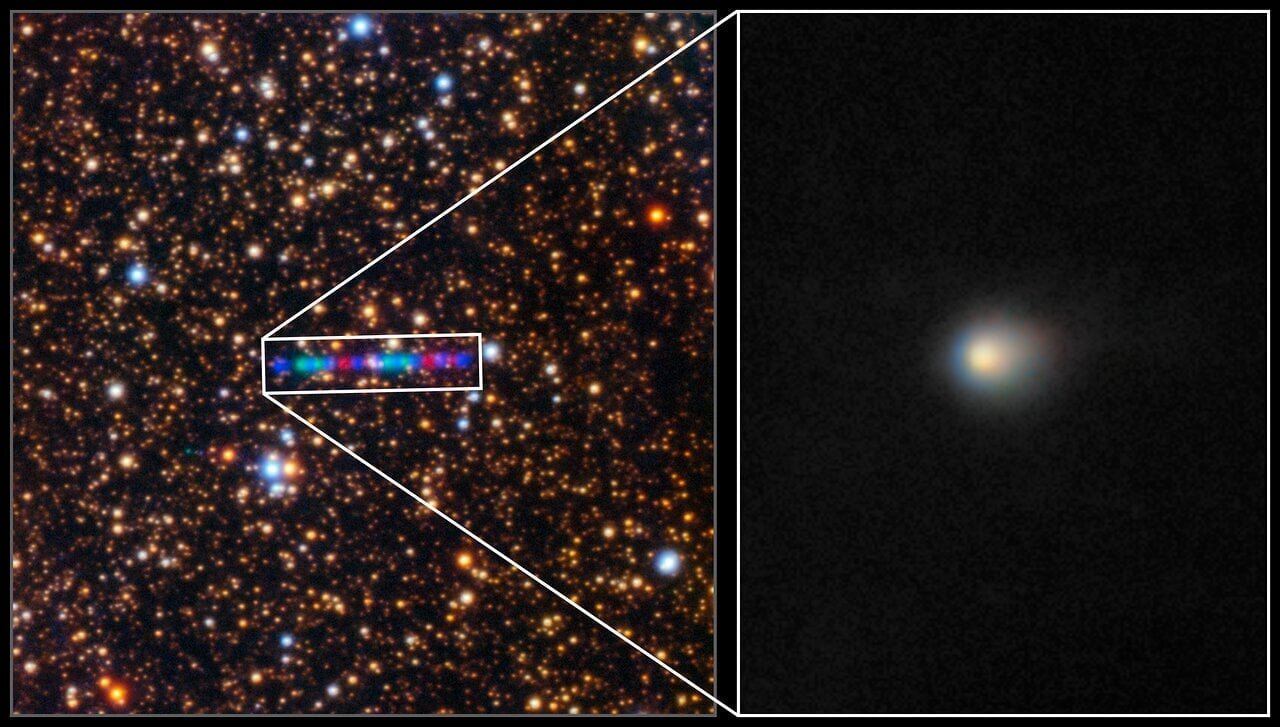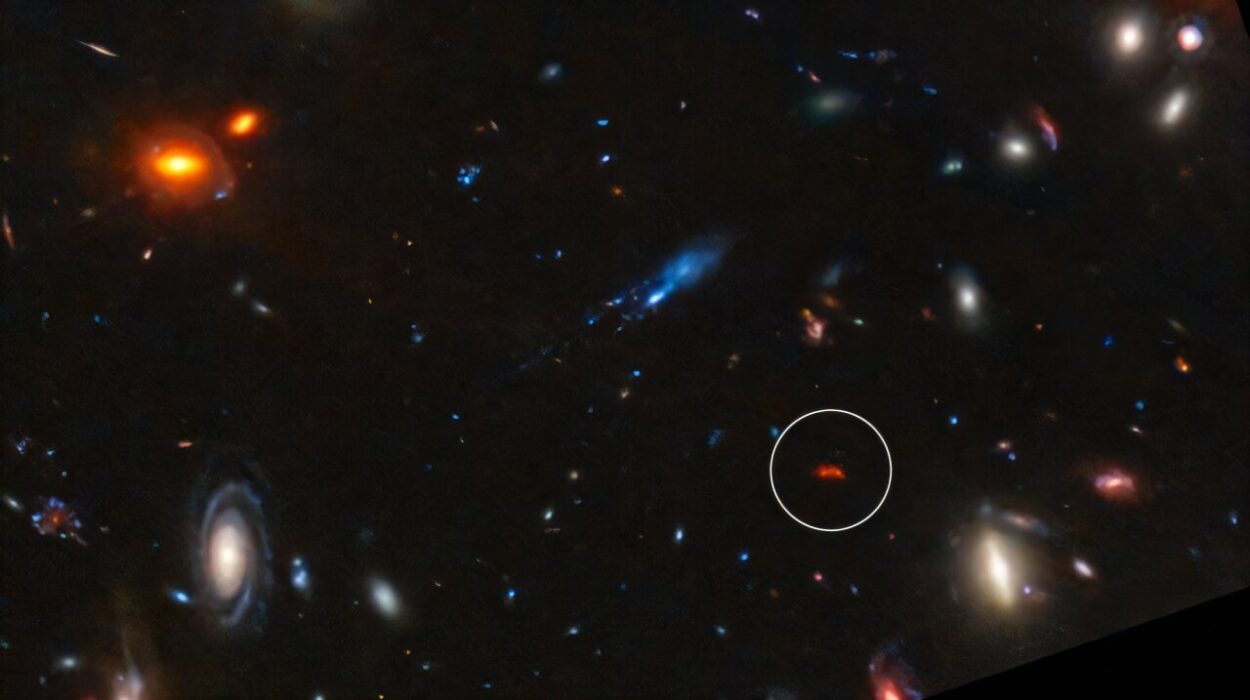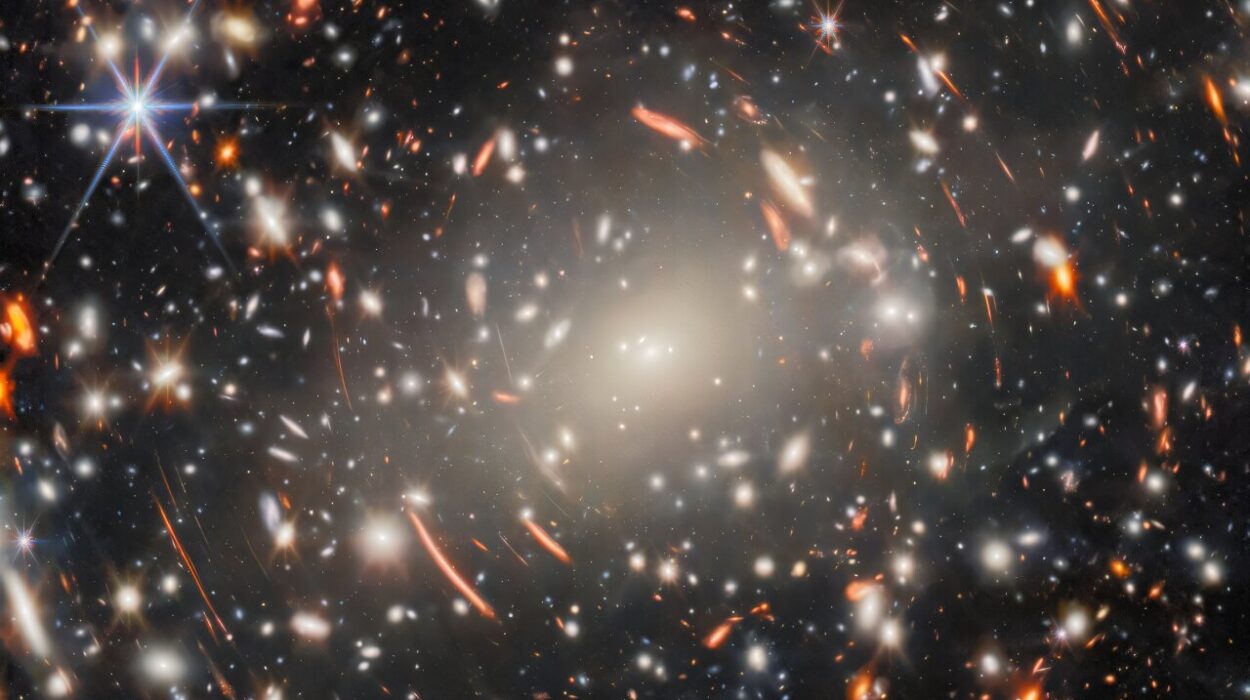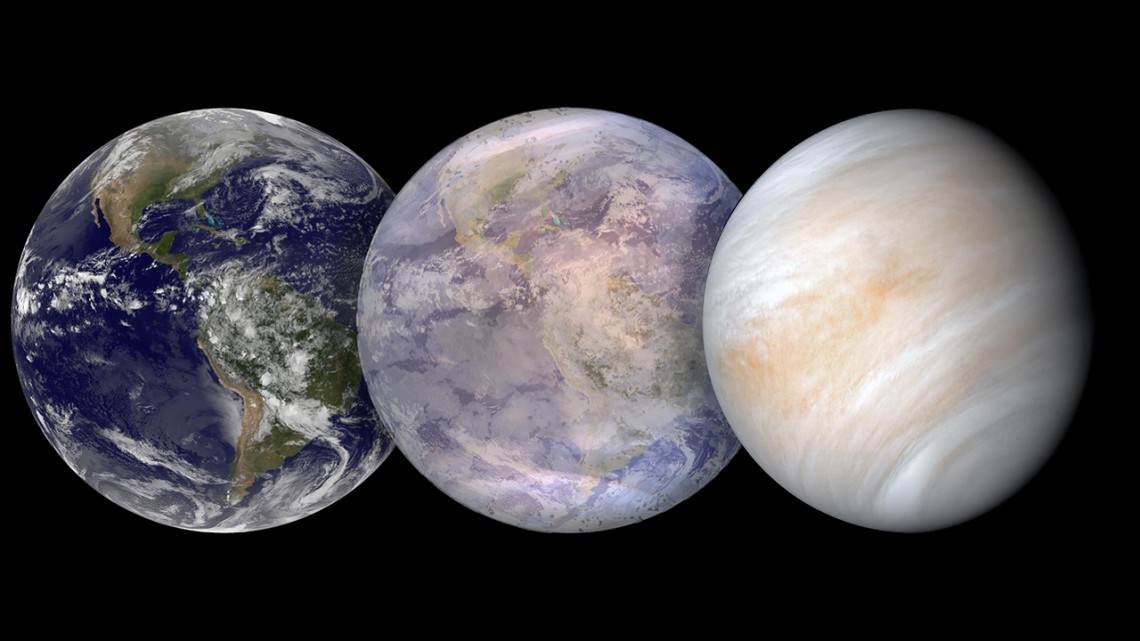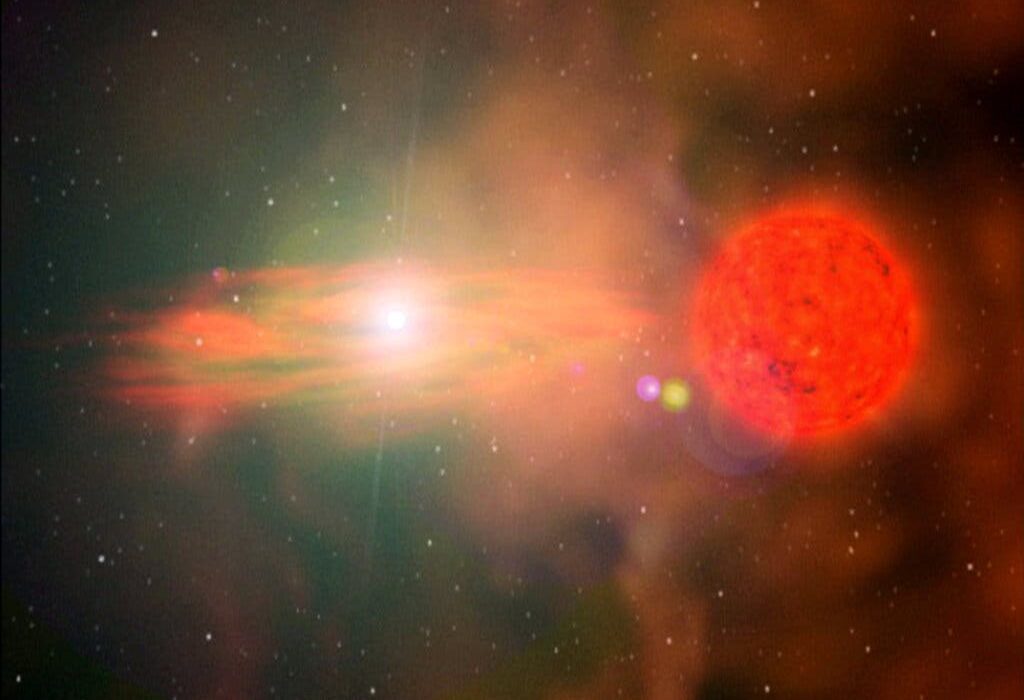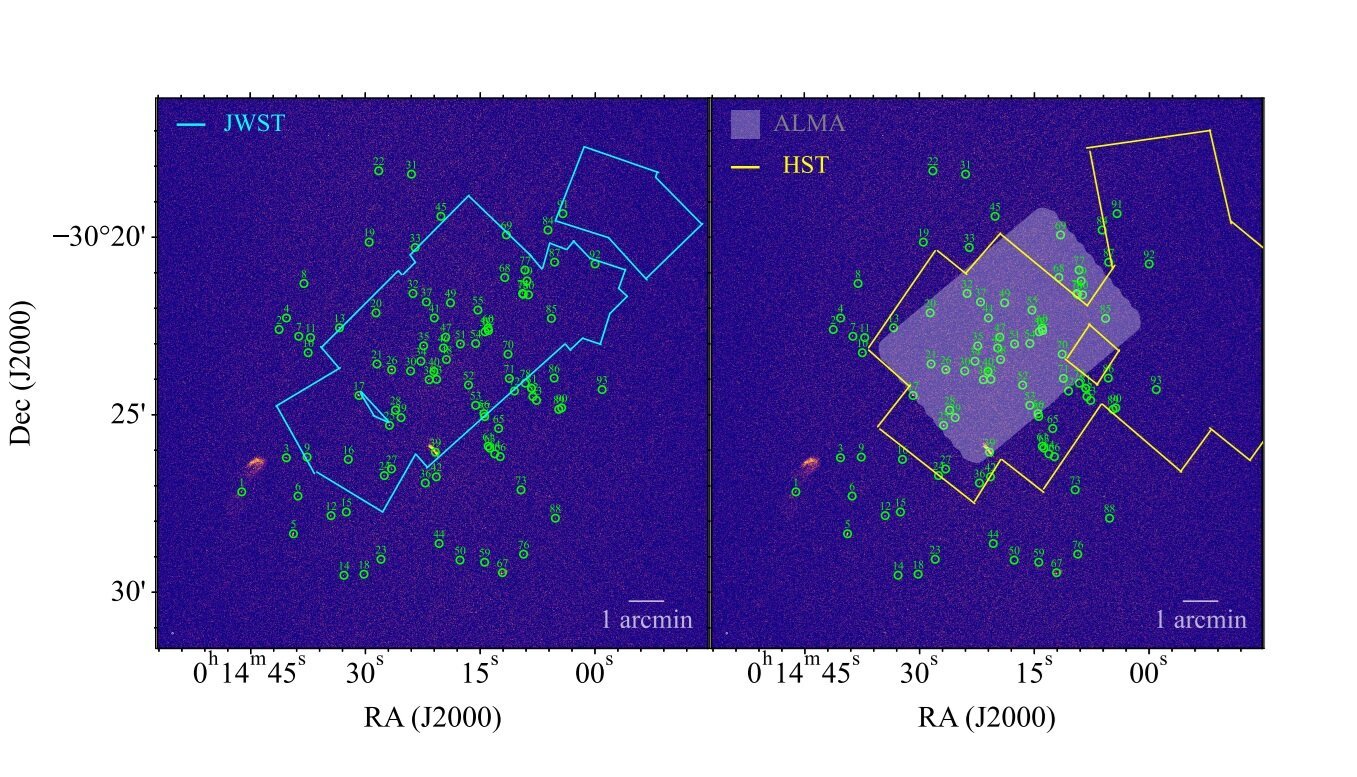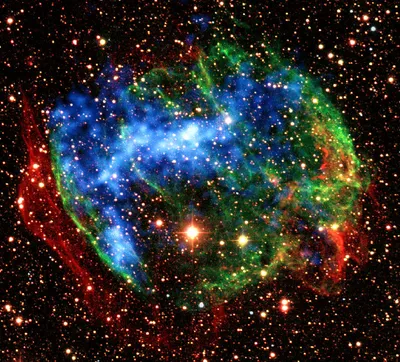Every so often, the universe sends us a visitor — a wanderer from the deep dark between the stars — to remind us just how vast and mysterious our cosmic neighborhood really is. In 2017, we met the first: 1I/‘Oumuamua, an oddly shaped interstellar object that tumbled silently through our solar system, leaving scientists both awestruck and puzzled. Two years later came 2I/Borisov, a more traditional comet that arrived from another star system, carrying whispers of alien ices and ancient dust.
Now, we have a third traveler — 3I/ATLAS — and it is unlike anything we’ve seen before. Since its discovery, this interstellar comet has been changing dramatically as it journeys through our solar system. For the first time in what may be billions of years, it is feeling the warmth of a star again — our sun — and awakening from an unimaginably long slumber in the cosmic night.
As it does, scientists are watching closely, fascinated by how this frozen relic of another world reveals its secrets. The story of 3I/ATLAS is more than a tale of rock and ice; it’s a glimpse into the universal processes that shape every star, every planet, and perhaps, every form of life.
The Awakening of 3I/ATLAS
As 3I/ATLAS approaches the inner regions of our solar system, its surface begins to change. The sunlight that now bathes it triggers sublimation — a process where solid ices turn directly into vapor. This is what creates a comet’s coma: that glowing envelope of gas and dust that makes these visitors so spectacular to behold.
But 3I/ATLAS is no ordinary comet. European researchers, using the European Southern Observatory’s Very Large Telescope (VLT) in Chile, noticed that as the comet neared the sun between August and September, something strange began to happen. The spectral fingerprint — the unique light signature — of certain metals in its coma shifted dramatically.
At first, the VLT’s powerful UV-Visual Echelle Spectrograph (UVES) detected nickel in the coma of 3I/ATLAS. That was unusual, but not unprecedented. But then, as the comet got closer to the sun — crossing a distance of about 2.64 astronomical units (roughly 395 million kilometers) — a new signal appeared: iron.
And that changed everything.
A Mystery in Metal
For decades, astronomers have measured the ratio of nickel to iron (the Ni/Fe ratio) in comets, both within our solar system and beyond. The metals themselves are difficult to explain — the surface temperatures of comets are usually too low to release nickel or iron from their solid-state minerals. Yet somehow, these metals keep showing up in cometary comas, floating freely in the surrounding gas.
In most comets, the Ni/Fe ratio remains fairly stable, even resembling that of our last interstellar visitor, 2I/Borisov. Both Borisov and solar system comets share a curious feature: their nickel-to-iron ratio is about ten times higher than that of the sun itself. That consistency suggested some universal rule — a process in comet formation that transcends any single star system.
But 3I/ATLAS broke that rule. Its Ni/Fe ratio wasn’t stable. It was wildly changing — so much so that no comet, interstellar or otherwise, had ever shown such a dramatic variation. It was as if the comet’s chemistry was alive, reacting, shifting, and revealing the fingerprints of processes that had been frozen in place for eons.
The Carbonyl Connection
To make sense of this mystery, scientists turned to chemistry — specifically, to organometallic compounds, which are molecules containing both metal atoms and carbon-based groups.
In particular, they looked at compounds called carbonyls: nickel tetracarbonyl (Ni(CO)₄) and iron pentacarbonyl (Fe(CO)₅). Both can form under cold, low-pressure conditions, like those found in the outer reaches of a protoplanetary disk — the birthplace of comets and planets alike.
These carbonyls are highly volatile, meaning they can sublimate (turn from solid to gas) at relatively low temperatures. Nickel tetracarbonyl is more volatile than its iron counterpart, meaning it will vaporize first as the comet warms up.
This neatly explained what the VLT was seeing. When 3I/ATLAS was still far from the sun, only nickel tetracarbonyl had begun to sublimate, filling the coma with nickel. As the comet drew closer, the temperature crossed the sublimation threshold for iron pentacarbonyl — and suddenly, iron began to appear. The Ni/Fe ratio plummeted, not because the amount of nickel was decreasing, but because iron was finally joining the show.
This elegant explanation not only fit the data, but also offered new insight into the chemistry of comets — and possibly the early chemistry of planetary systems themselves.
Ancient Chemistry, Universal Truths
What makes 3I/ATLAS so fascinating is that it carries the chemical memory of another star system. The organometallic compounds on its surface likely formed billions of years ago, when its home star was still surrounded by a young, swirling disk of dust and gas.
That means the nickel and iron we see today were forged in the heart of ancient stars, mixed into the icy dust of a distant world, and preserved in this tiny traveler for unimaginable stretches of time. When it entered our solar system, it brought with it the fingerprints of another corner of the galaxy — a frozen message in a bottle from across the stars.
By comparing 3I/ATLAS with other comets, both interstellar and local, scientists are piecing together a larger cosmic puzzle. The similarities between Borisov and our solar comets hinted at universal processes of formation. The differences in ATLAS suggest there’s far more diversity in how worlds are built than we once believed.
The Primordial Signature
There’s another layer to 3I/ATLAS’s story — one that speaks to its origins even more profoundly. The comet has been classified as C₂-depleted, meaning its coma shows a very low ratio of diatomic carbon (C₂) to cyanogen (CN).
This kind of carbon depletion suggests that 3I/ATLAS is incredibly old — and that it formed in a region of its home star’s protoplanetary disk that was colder and farther out than the regions where carbon-rich comets are born. In other words, it is a truly primordial object, untouched since the dawn of its own solar system.
Each time sunlight touches its surface, the comet releases molecules that have been locked away since before Earth even existed. To study it is to study the chemistry of creation itself.
Watching a Cosmic Time Capsule
For astronomers, 3I/ATLAS is a once-in-a-lifetime opportunity. The team at the Very Large Telescope continues to monitor its changes as it travels ever closer to the sun. Each spectral line, each shift in brightness, tells a story — not only about this one comet, but about how planetary systems everywhere might evolve.
In the months ahead, scientists expect to publish even more data as new observations pour in. When the comet eventually slips beyond view, hidden by the sun’s glare, it will leave behind a wealth of information for future generations of astronomers to study — a new chapter in humanity’s growing library of cosmic encounters.
And when it leaves our solar system once again, 3I/ATLAS will return to the endless dark, perhaps to drift for another billion years before another civilization, somewhere far away, glimpses its faint trail and wonders what secrets it carries.
A Message from the Stars
Every interstellar visitor reminds us of something profound — that we are not isolated, not unique, not alone in the processes that shape the cosmos. The dust in 3I/ATLAS, the metals in its coma, the volatile gases bursting from its icy heart — all of them tell a story that is both alien and familiar.
They whisper that the universe is connected in ways we are only beginning to understand. The same forces that shaped this wandering traveler also shaped us. The atoms in our bodies — the iron in our blood, the nickel in our bones — were born in the same cosmic furnaces that gave rise to 3I/ATLAS’s long-forgotten home.
To study this comet is to glimpse the shared ancestry of all matter — a reminder that the universe is not a cold, indifferent void, but a living network of stories written in starlight and stone.
The Endless Journey
When we watch 3I/ATLAS streak across our telescopes, we are seeing a relic of creation itself — a tiny survivor of a time before our sun was born. It has traveled across unimaginable distances, bearing witness to the birth and death of stars, the dance of galaxies, the expansion of the cosmos.
Now, as it briefly passes through our corner of space, it gives us a gift: knowledge, wonder, and a sense of belonging to something much greater. Its shifting metals, its fading glow, its quiet trajectory back into the dark — all are reminders that the universe is alive with movement and memory.
3I/ATLAS is a traveler, a storyteller, a messenger from the stars. And though it will soon vanish from our skies, the story it carries will stay — written not in words, but in spectra, ratios, and the enduring curiosity of the human spirit.
For as long as there are eyes to look upward and minds to wonder, the journey of 3I/ATLAS — and all interstellar visitors yet to come — will continue to remind us of the beauty, mystery, and unity of the universe we call home.
More information: Damien Hutsemékers et al, Extreme NiI/FeI abundance ratio in the coma of the interstellar comet 3I/ATLAS, arXiv (2025). DOI: 10.48550/arxiv.2509.26053
